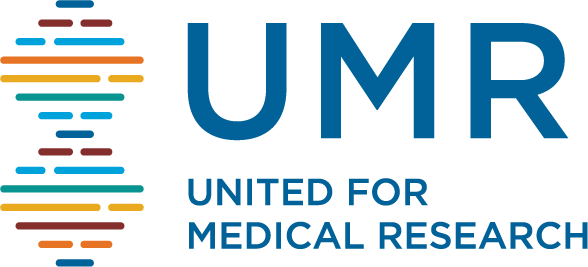This episode discusses the use of wearables to detect infection and in particular, COVID-19. The presenters discuss the types of data wearables provide, including rest heart rate, skin temperature, etc. By assessing a patient’s health data, it is possible to determine when a person is becoming or is ill, even though they may be asymptomatic. This data is very useful, especially as it can be used to determine if a patient is infected with COVID-19, even before they know they are ill. If patients can be alerted to this, it may prevent them from infecting others. Studies being conducted at Stanford show the positive impacts of wearables on detecting illness in the population of people who track their health through wearables.
